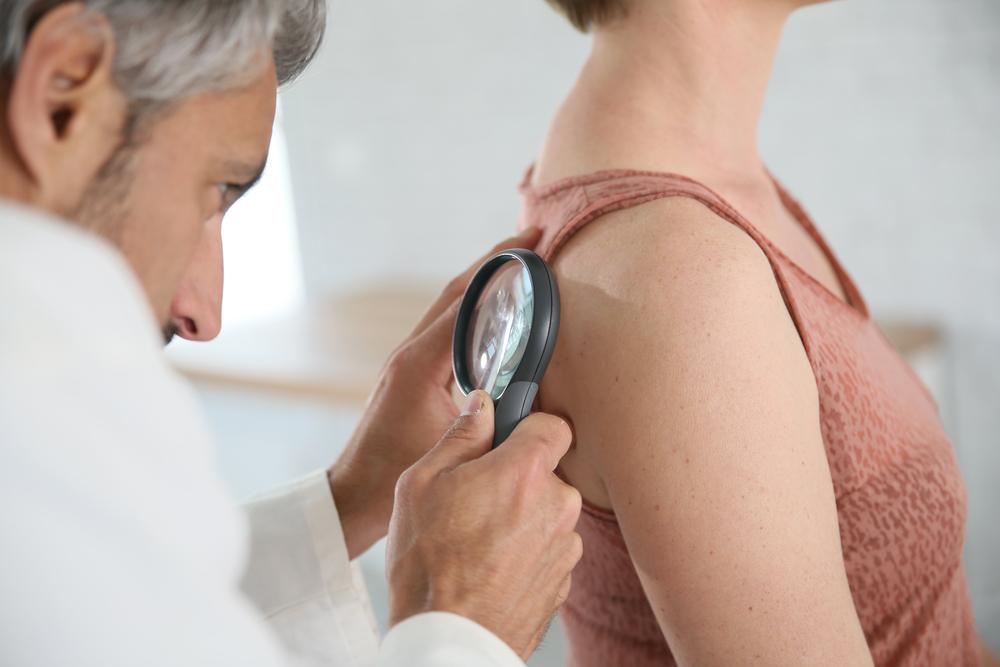
Treatments for Melanoma Skin Cancer
Melanoma is a type of skin cancer that is both serious and very common. In fact, the Skin Care Foundation indicates that there are over 178,000 melanoma skin cancers reported in the U.S. yearly. Melanoma is dangerous as it spreads to other parts of the body very quickly if it’s not detected and treated early.
What is Melanoma?
- It is a form of skin cancer that occurs when the pigment-producing cells (melanocytes) mutate and become cancerous.
- Melanoma is rare in people with darker skin, but it can be more dangerous in darker skin types, as it’s more likely to spread, or metastasize undetected.
- Melanoma affects the skin, as most pigment cells are found in the skin. However, melanoma can occur in the eyes and other parts of the body, including intestines, mouth, and genitals.
- Skin cancer can develop anywhere on the skin, but some areas are more susceptible than others (i.e., neck and face).
- For instance, the chest and back are the most common site in men, while melanoma most often develops on the legs of women.
- Melanoma tumors are usually brown or black in color while some can be pink, tan, or even white.
What are the types of Melanoma?
There are four types of melanomas:
- Superficial spreading melanoma
Often appear on the trunk or limbs, this type is the most common melanoma, which often spreads slowly at first, but eventually spreads across the skin’s surface.
- Nodular melanoma
This melanoma develops more quickly than other types and turns red in color. It typically appears on the trunk, head, or neck and is the second most common type of skin cancer.
- Lentigo maligna melanoma
This melanoma mainly affects older people, but is less common overall. Lentigo maligna usually appears on skin that’s exposed to the sun over the long term, and skin that exhibits signs of sun damage. The lentigo maligna looks like a stain on the skin. It grows slowly and is considered less dangerous than the other skin cancer types.
- Acral lentiginous melanoma
This is the rarest kind of melanoma skin cancer, which appears on the palms of the hand, under the nails, and in the soles of the feet. It is not linked to sun exposure and is more likely to affect those with darker skin tones.
What causes Melanoma?
- High freckle density
- Excessive moles on the body
- Five or more atypical moles
- Lots of age spots, liver spots, or sun spots
- Brown skin marks or birthmarks
- Pale skin that does not tan easily
- Red or light colored hair
- High exposure to UV rays
- Advanced age
- A family history of melanoma
What are the treatment options for melanoma?
Based on the stage of cancer, melanoma treatment options may include:
- Surgery is the main treatment option, which removes early-stage melanomas.
- Immunotherapy treatment involves the use of medications that stimulate the patient’s immune system so that it efficiently recognizes and destroys cancer cells.
- Targeted therapies, which are drugs that identify melanoma cells from healthy normal cells and attacks.
- Chemotherapy is cancer cell killing drugs, which are either injected into veins or given to patients in a pill form.
- Radiation therapy direct high-energy rays at cancer cells in order to kill them.
Can melanoma skin cancer be prevented?
There is no sure way to prevent melanoma, but you can certainly reduce your risk by:
- Seeking sun protection
- Avoiding sunlamps and tanning beds
- Monitoring abnormal moles closely
- Keeping your immune system strong


